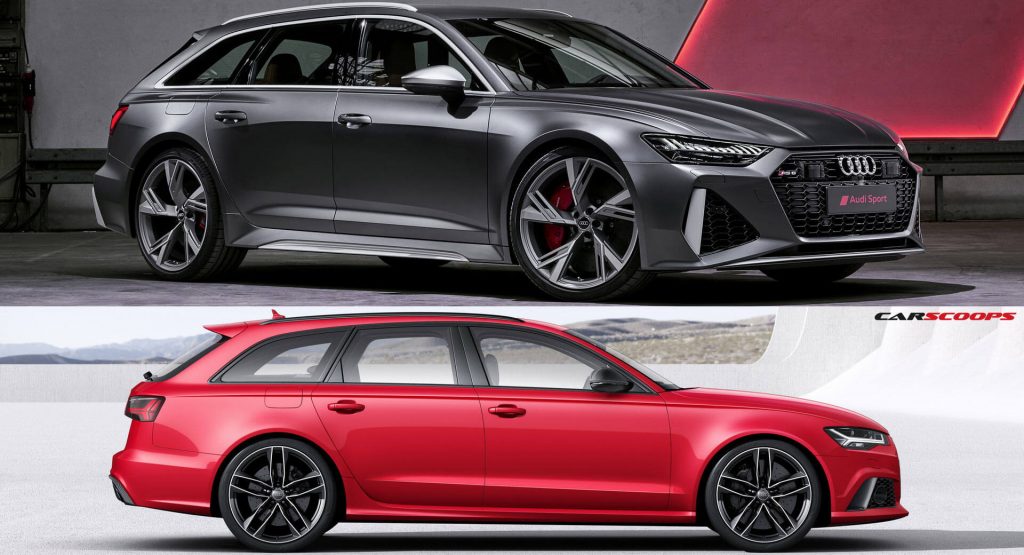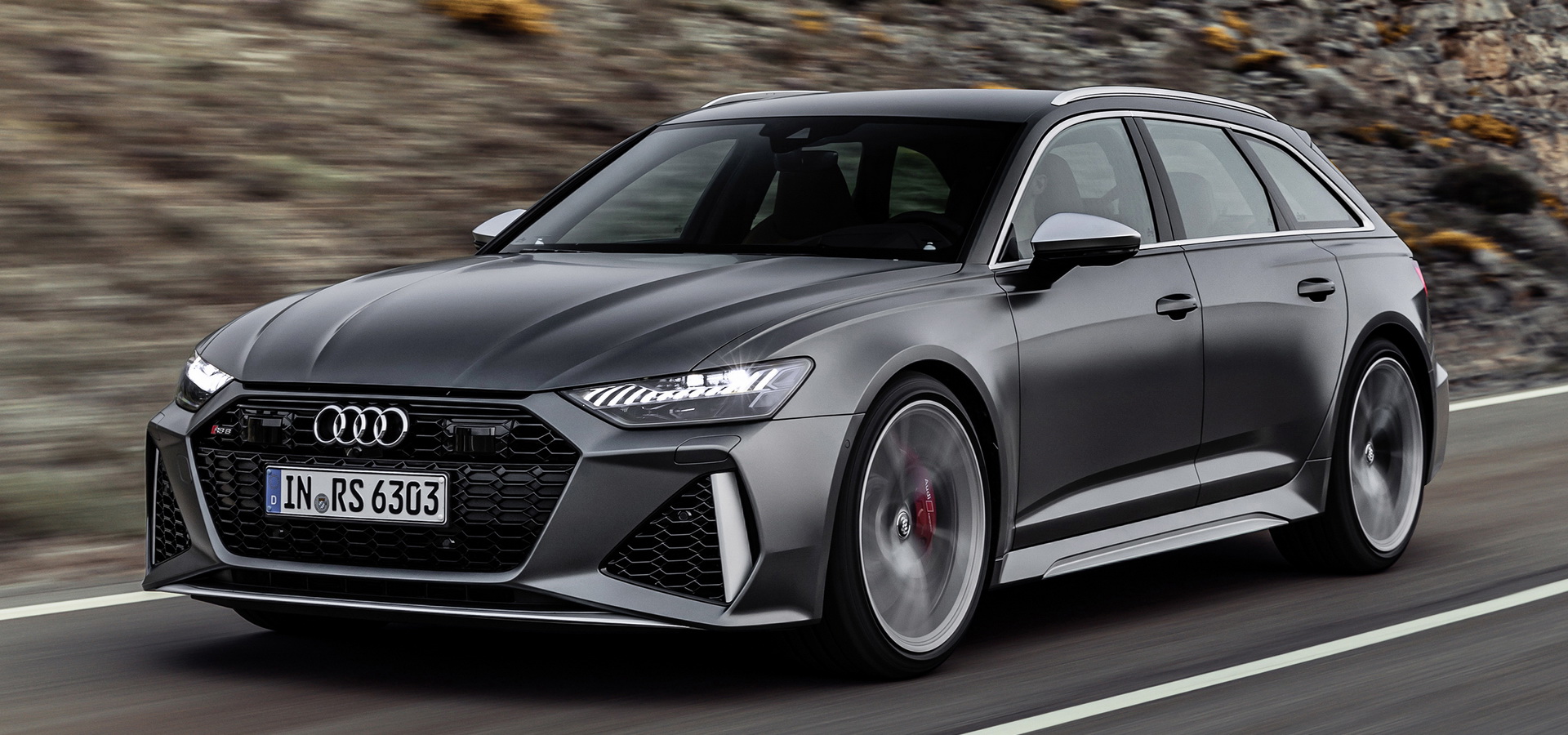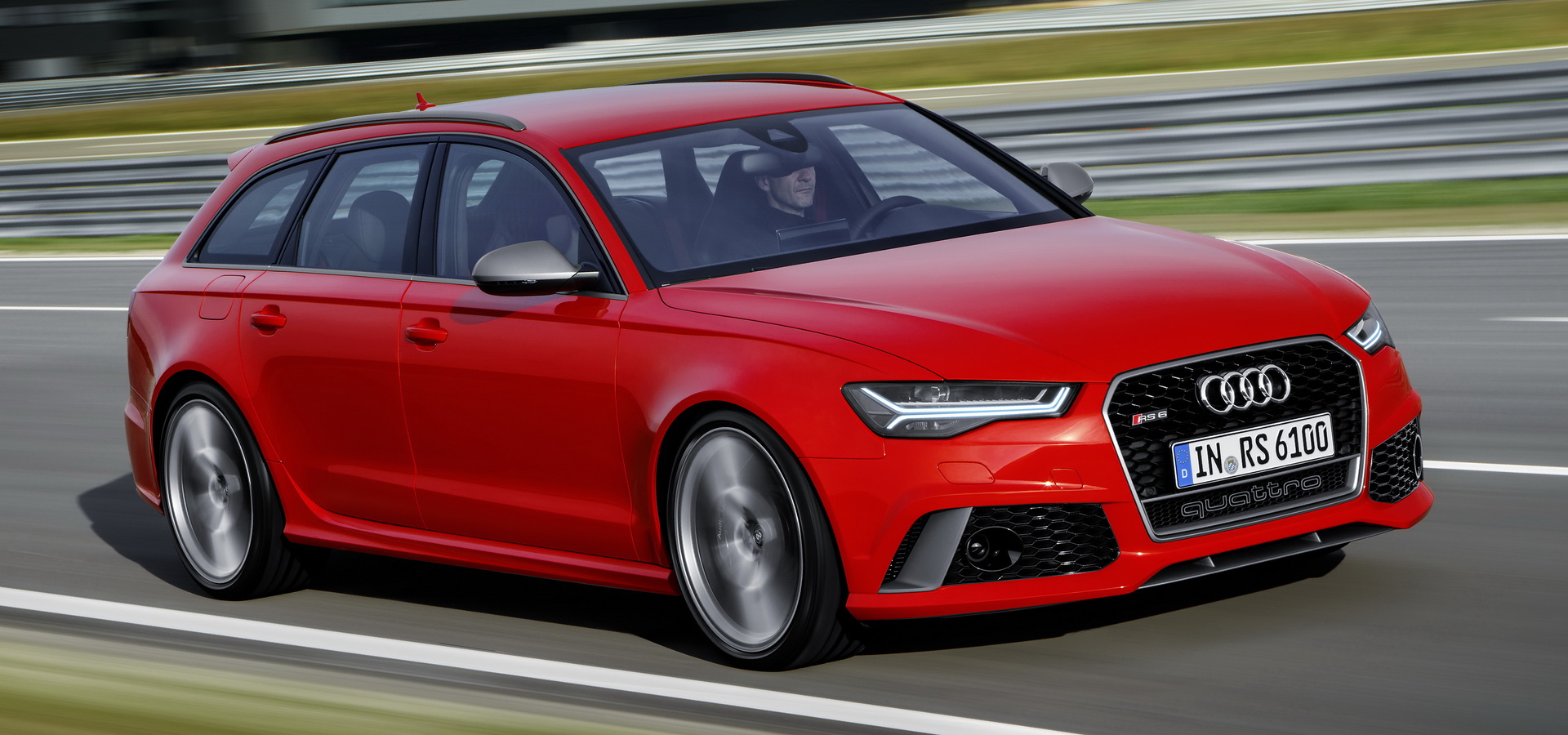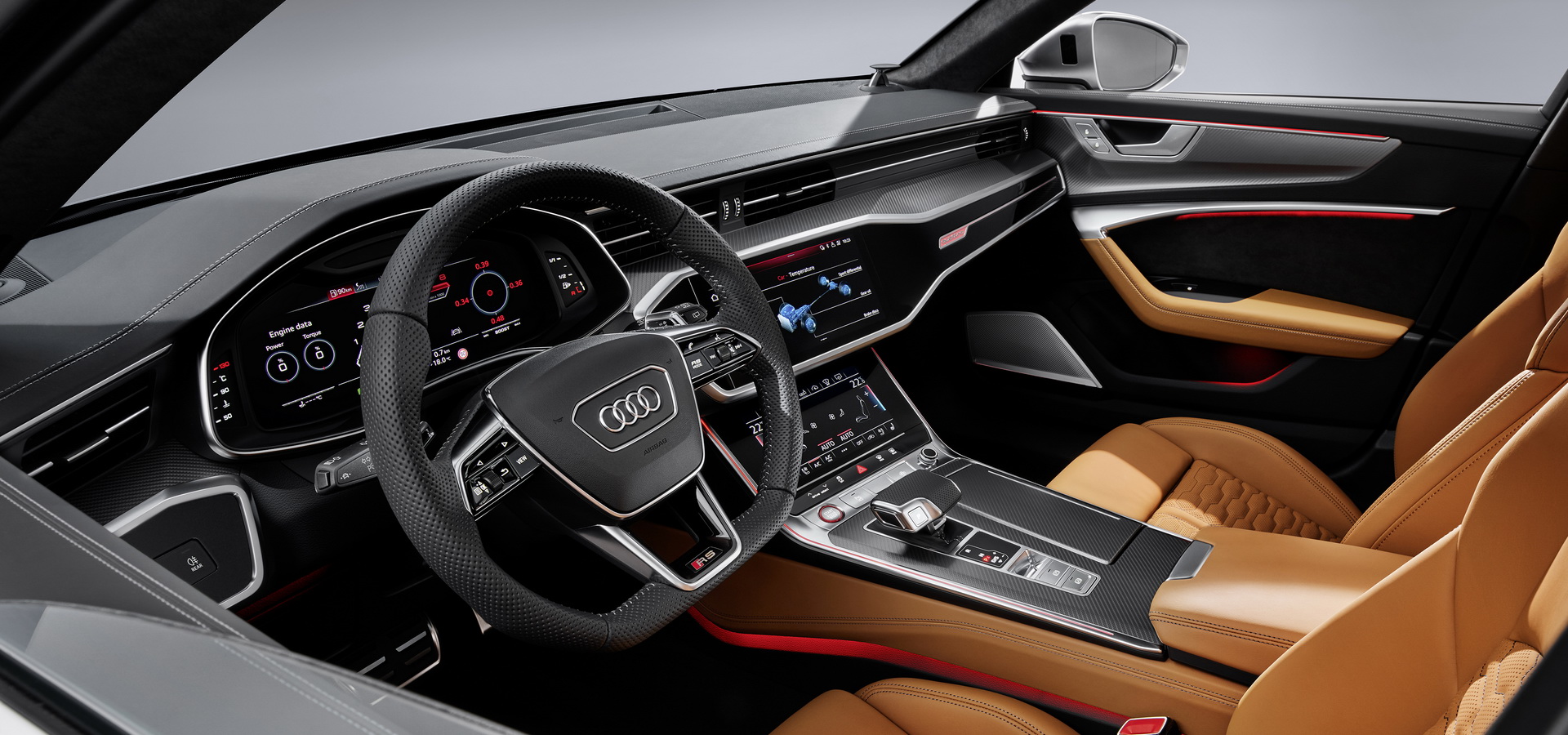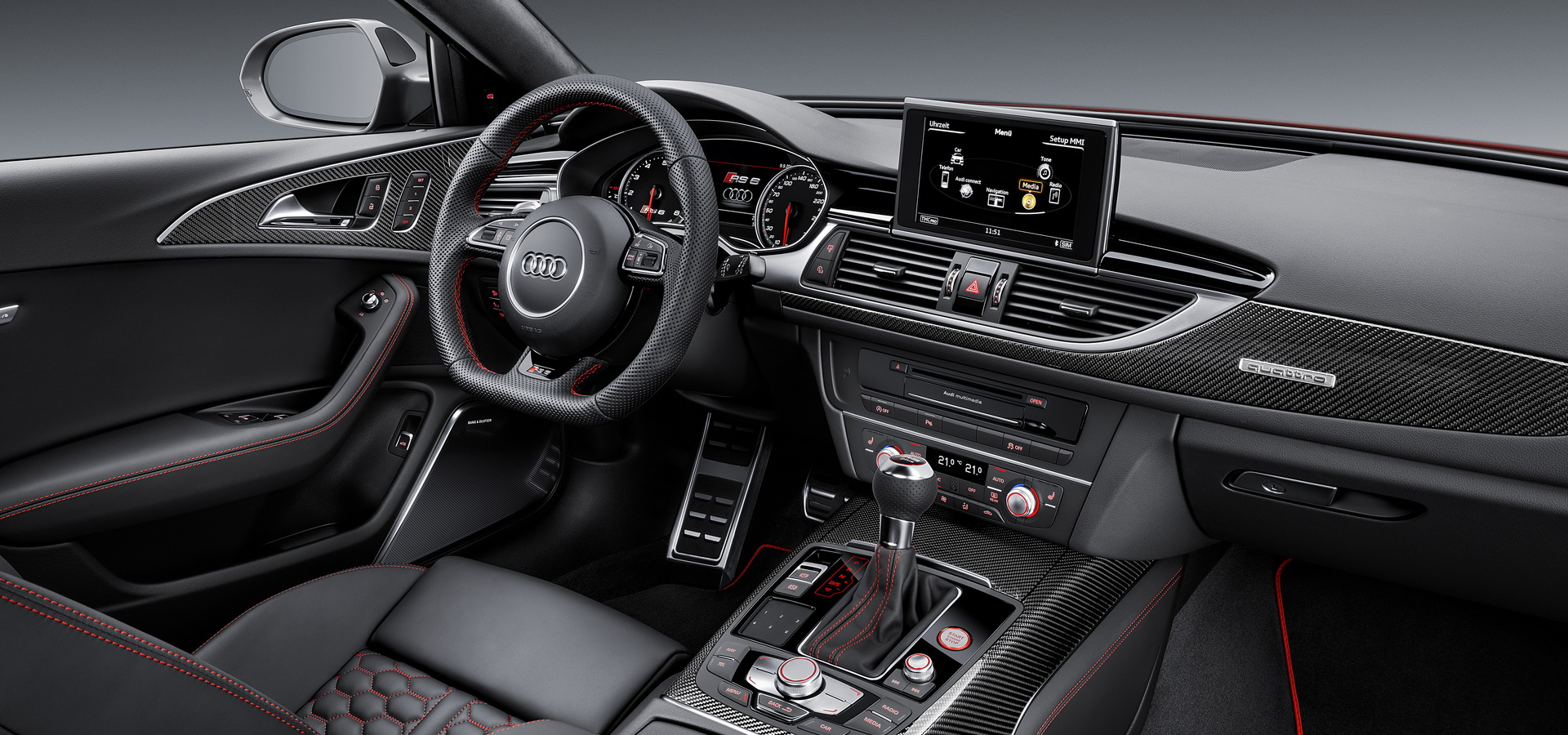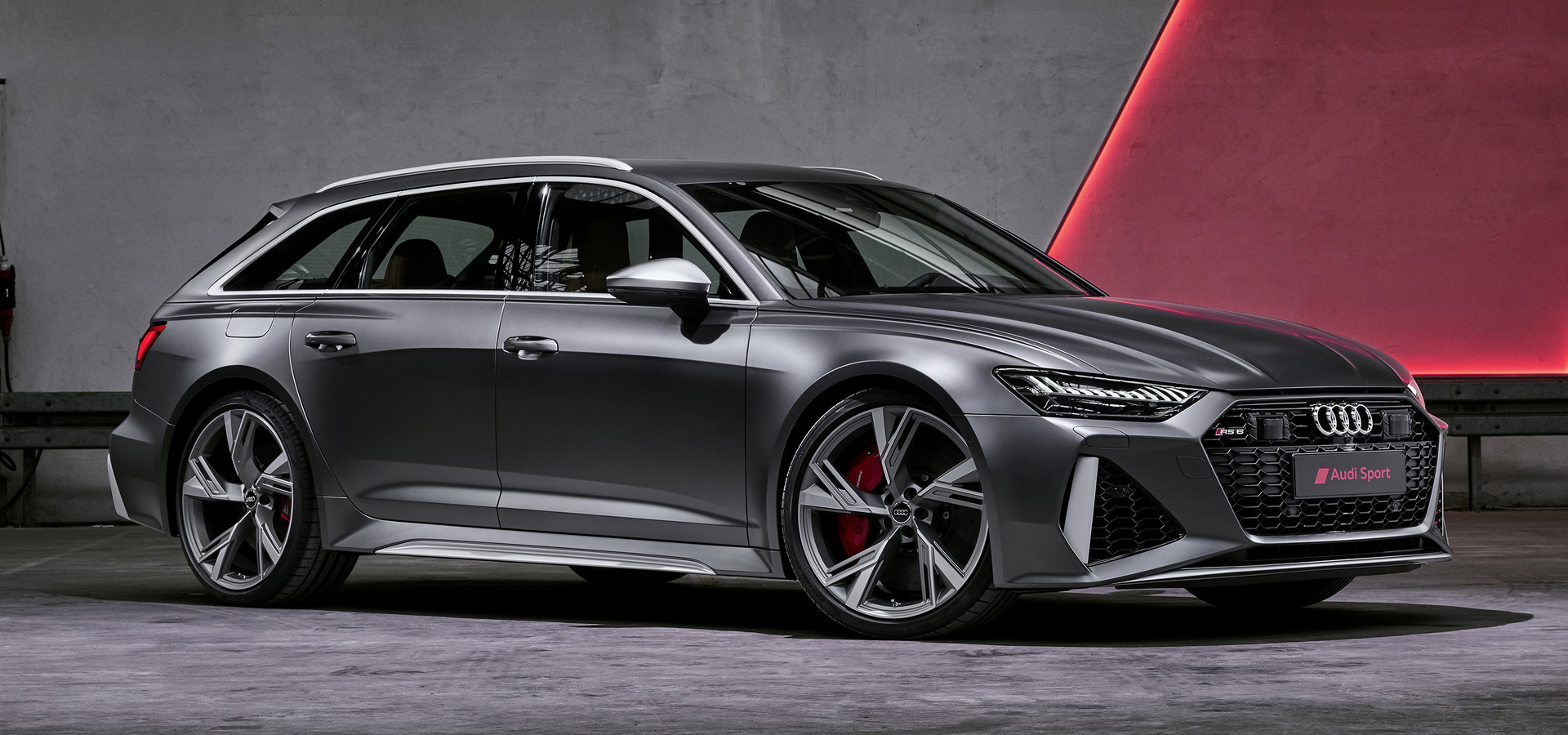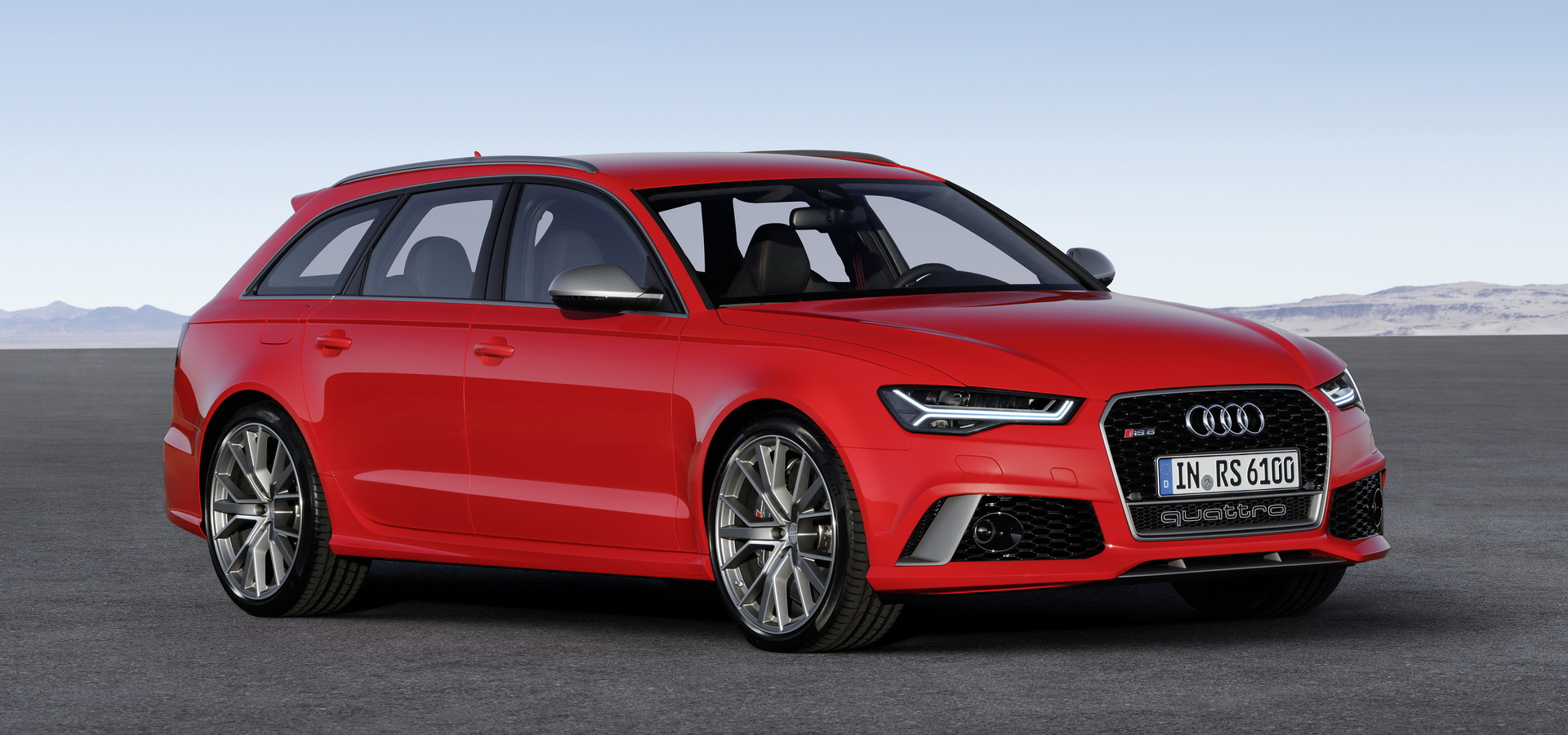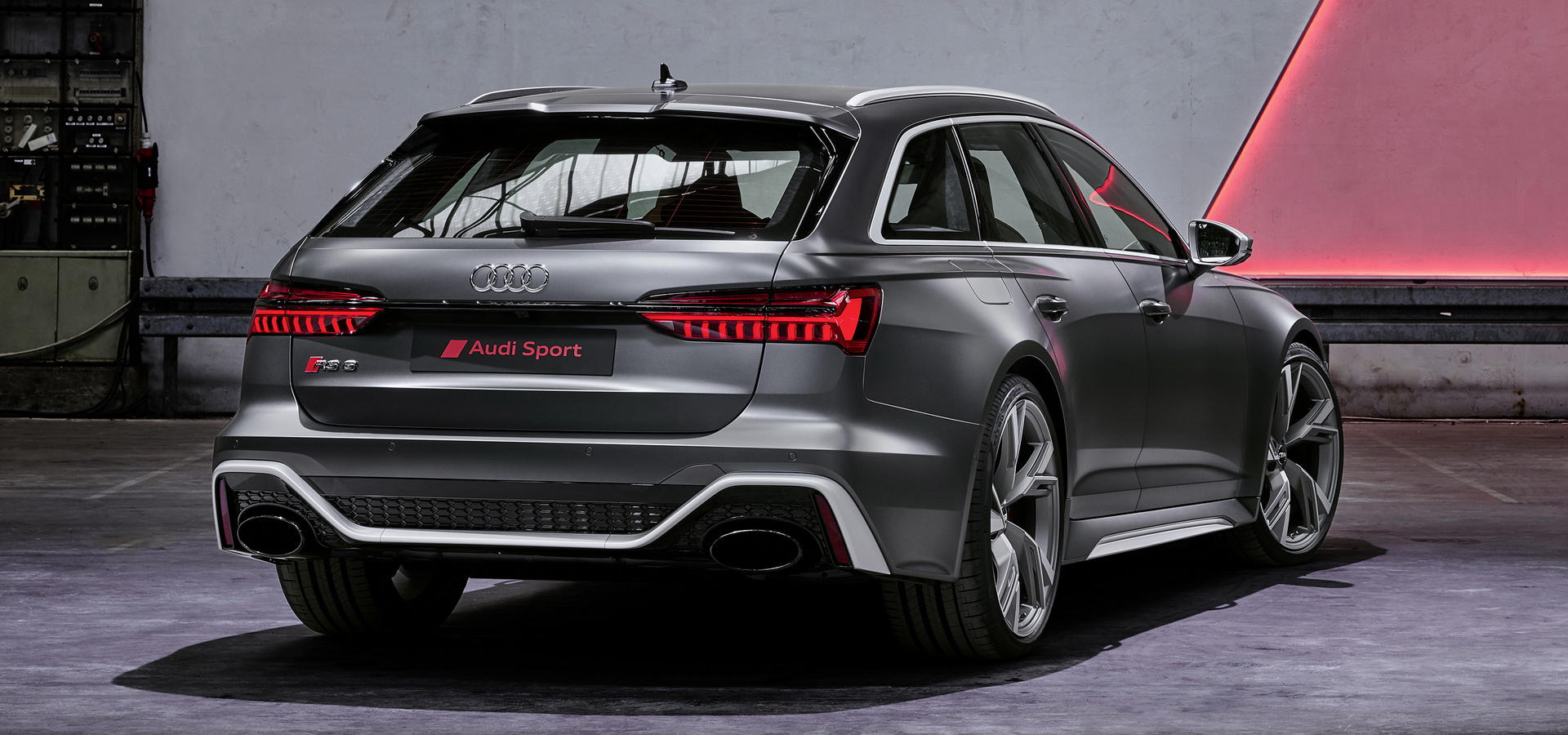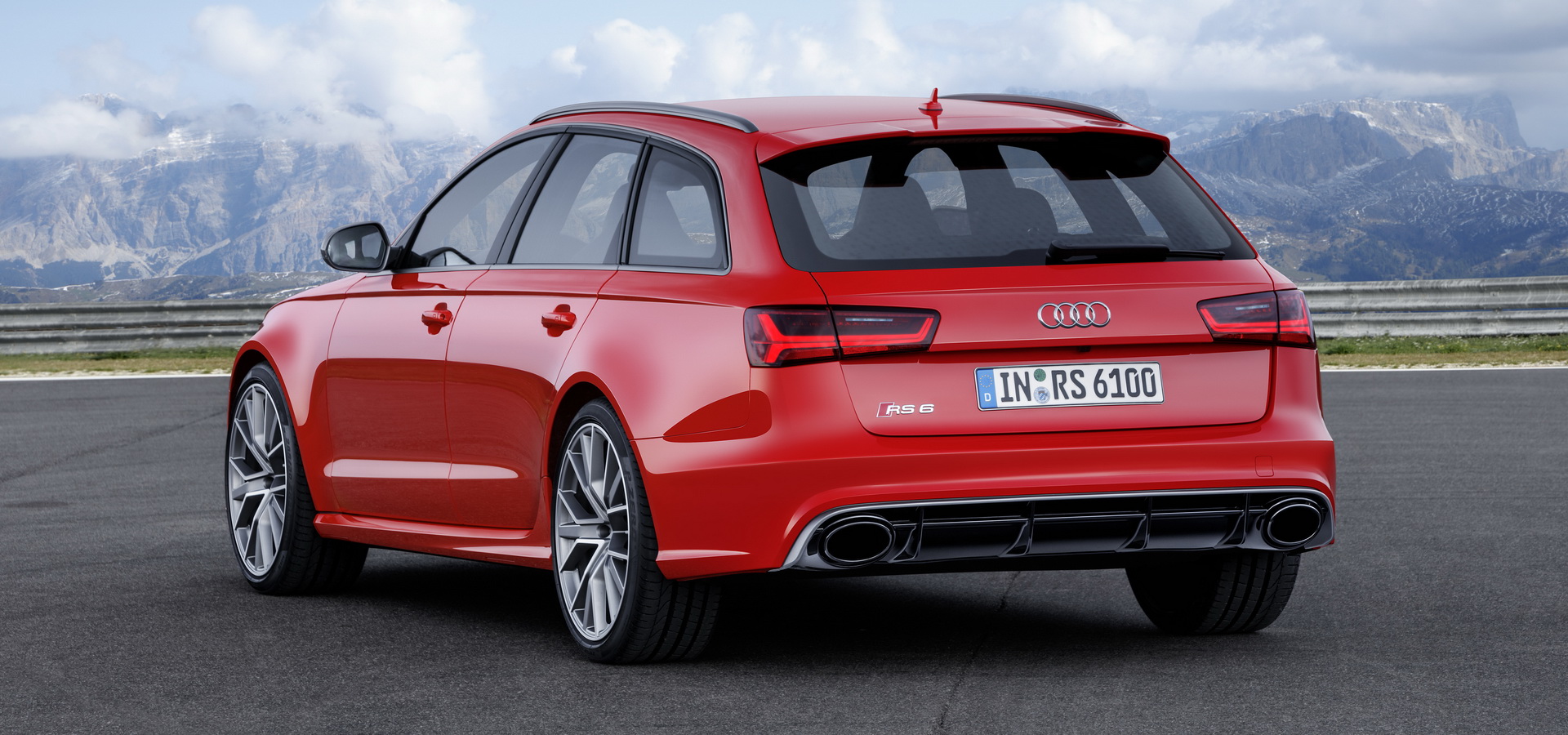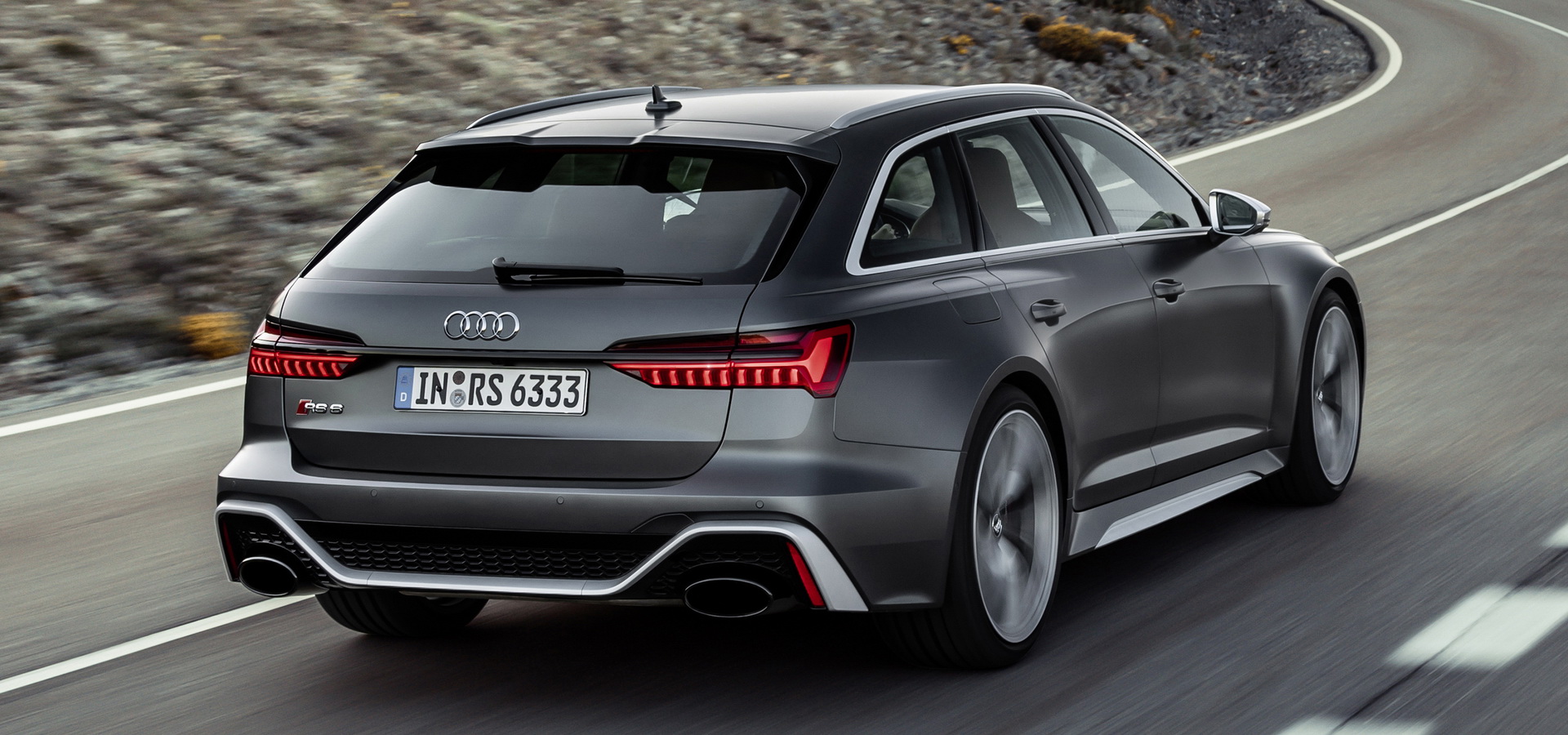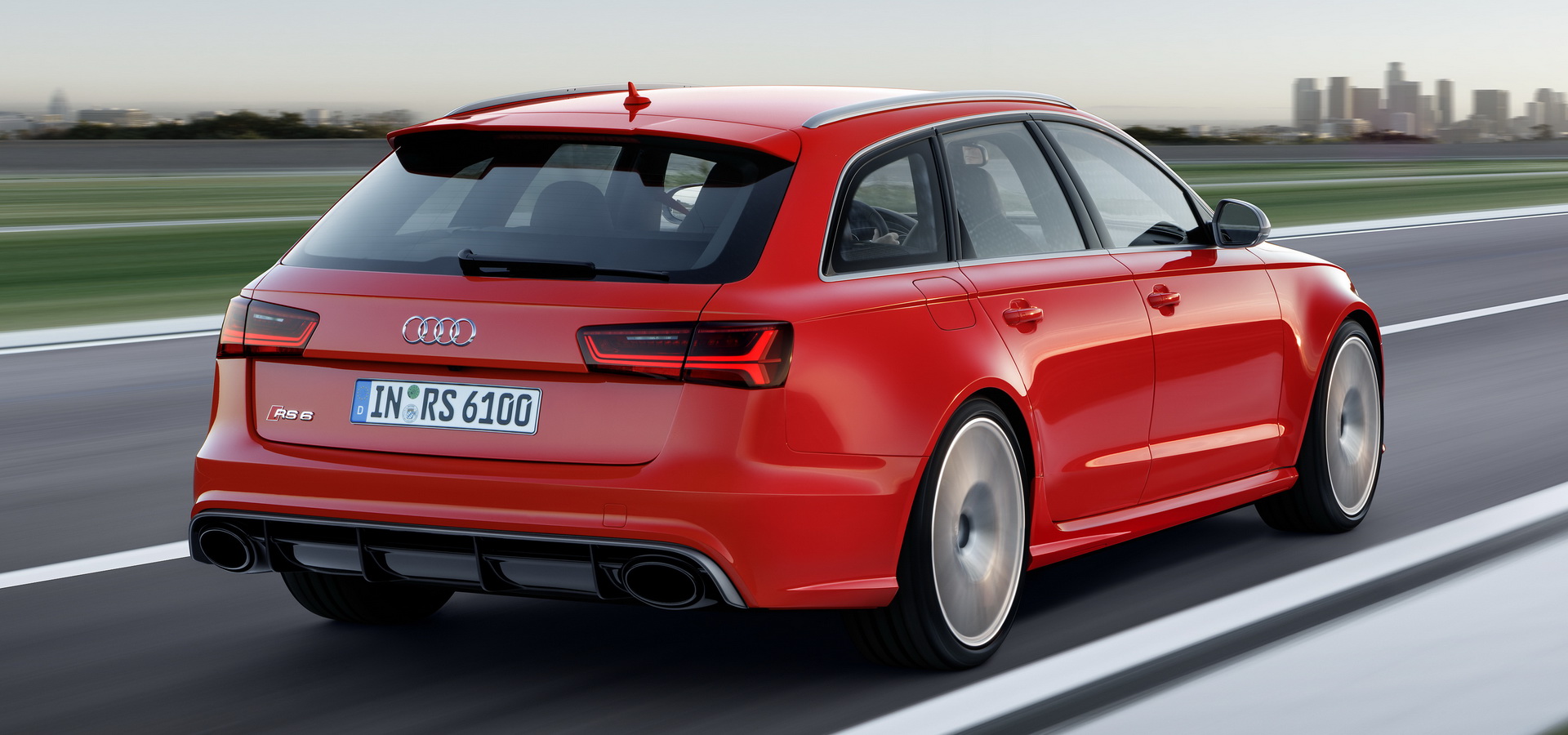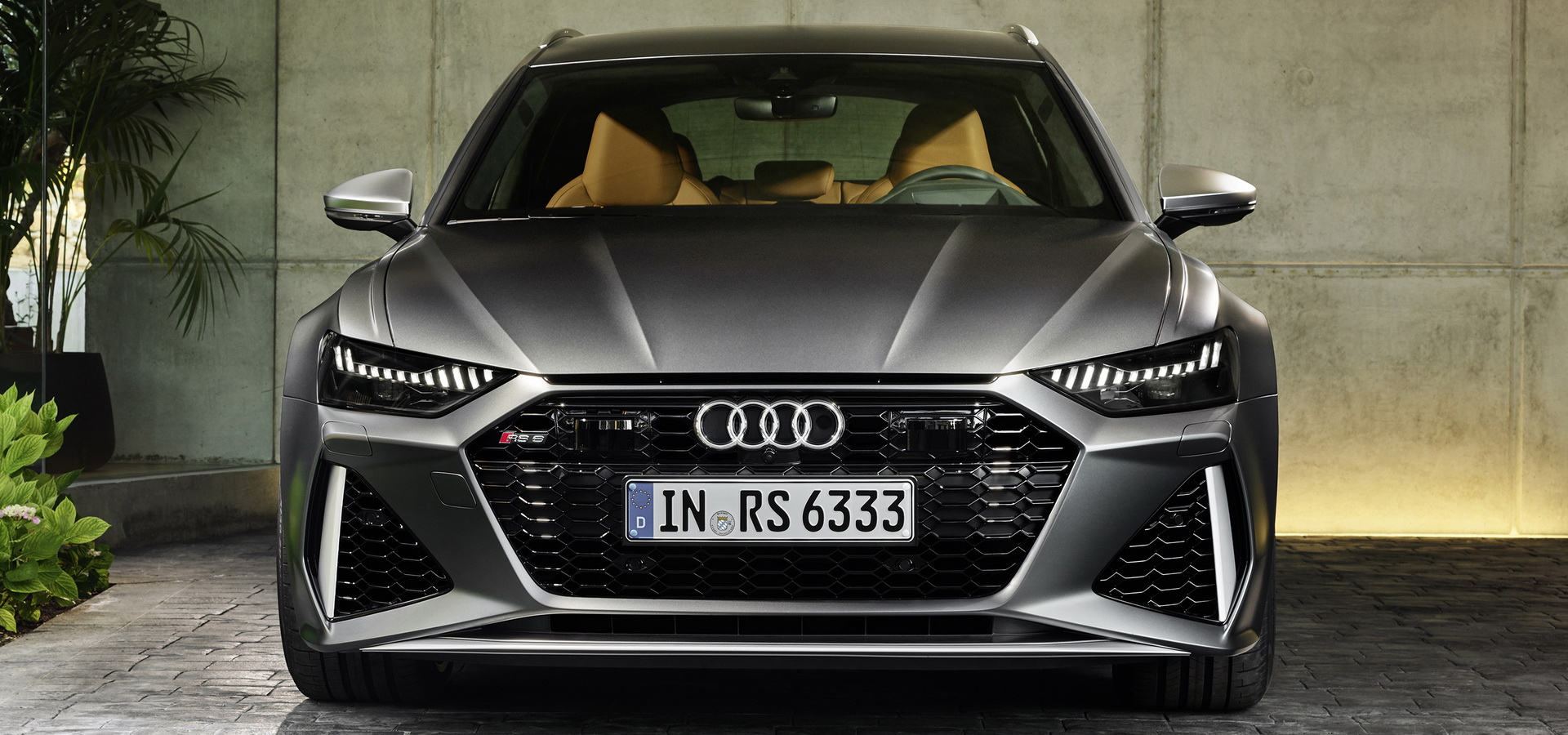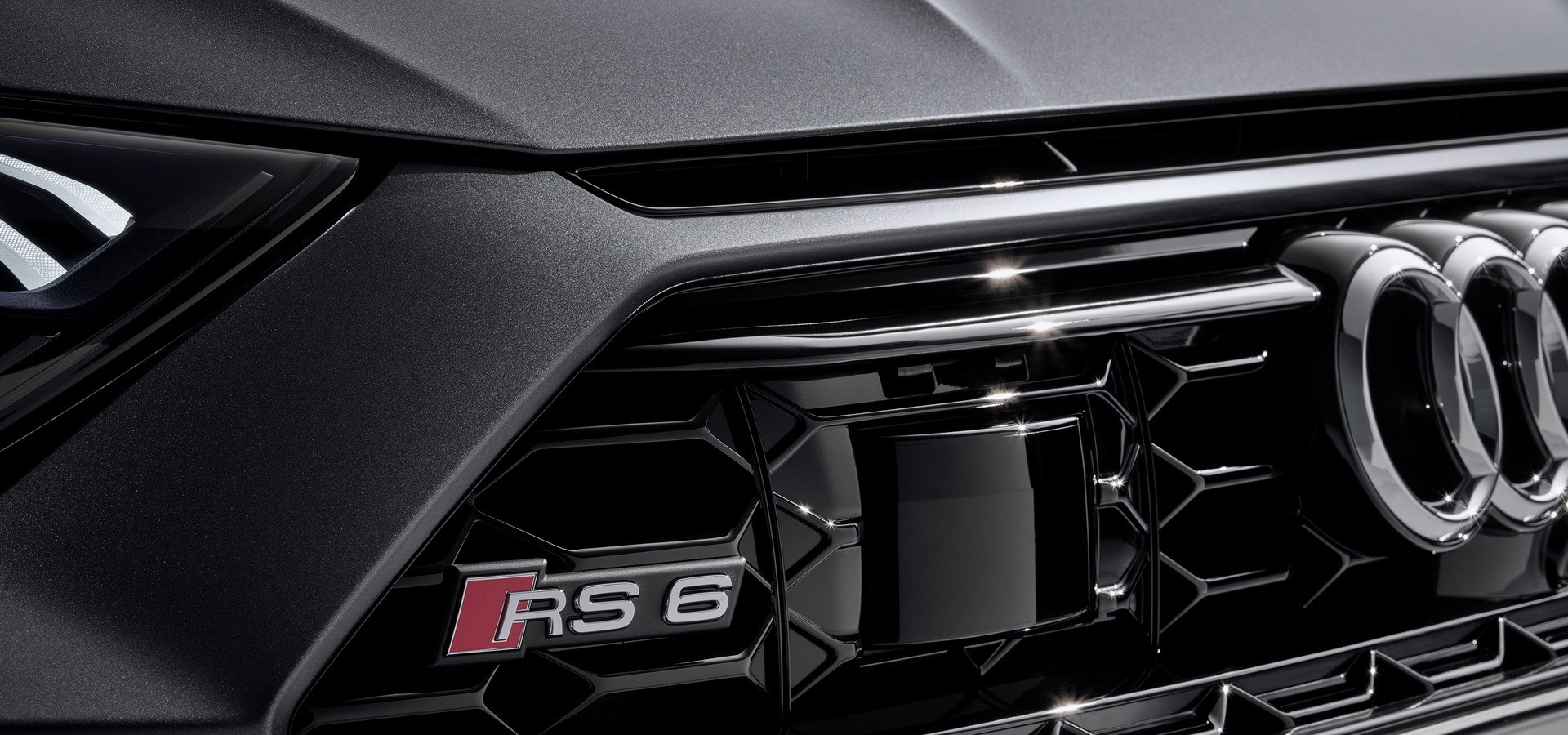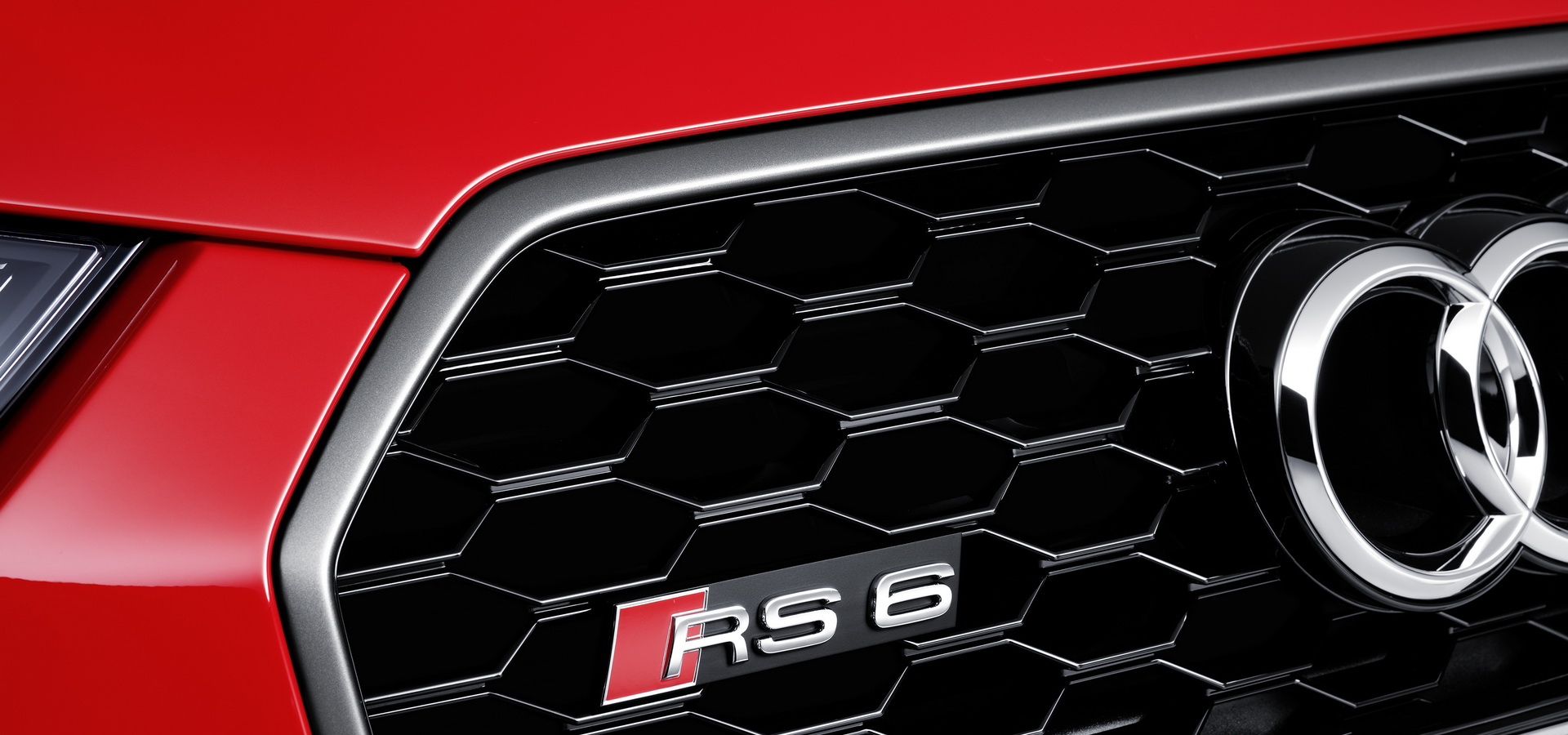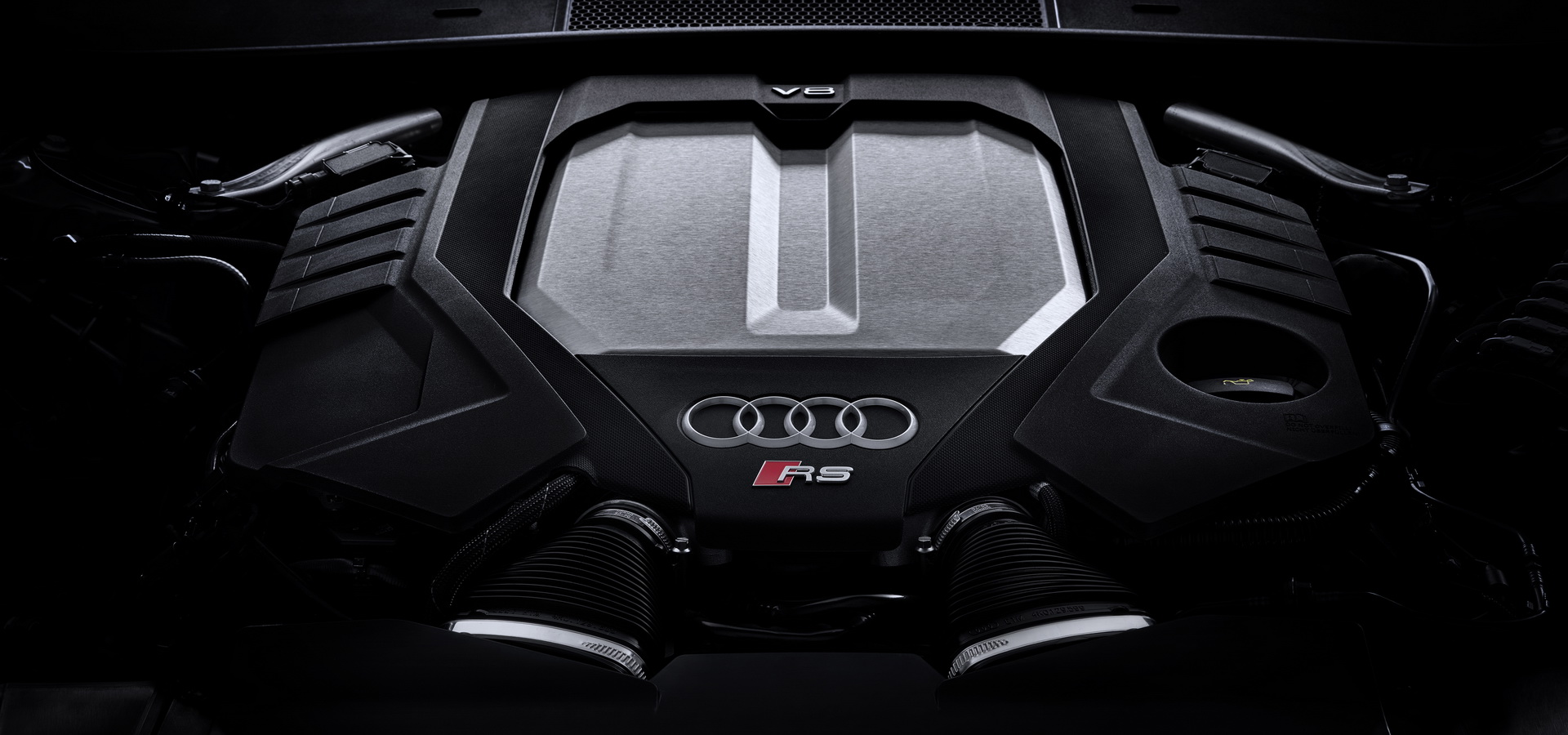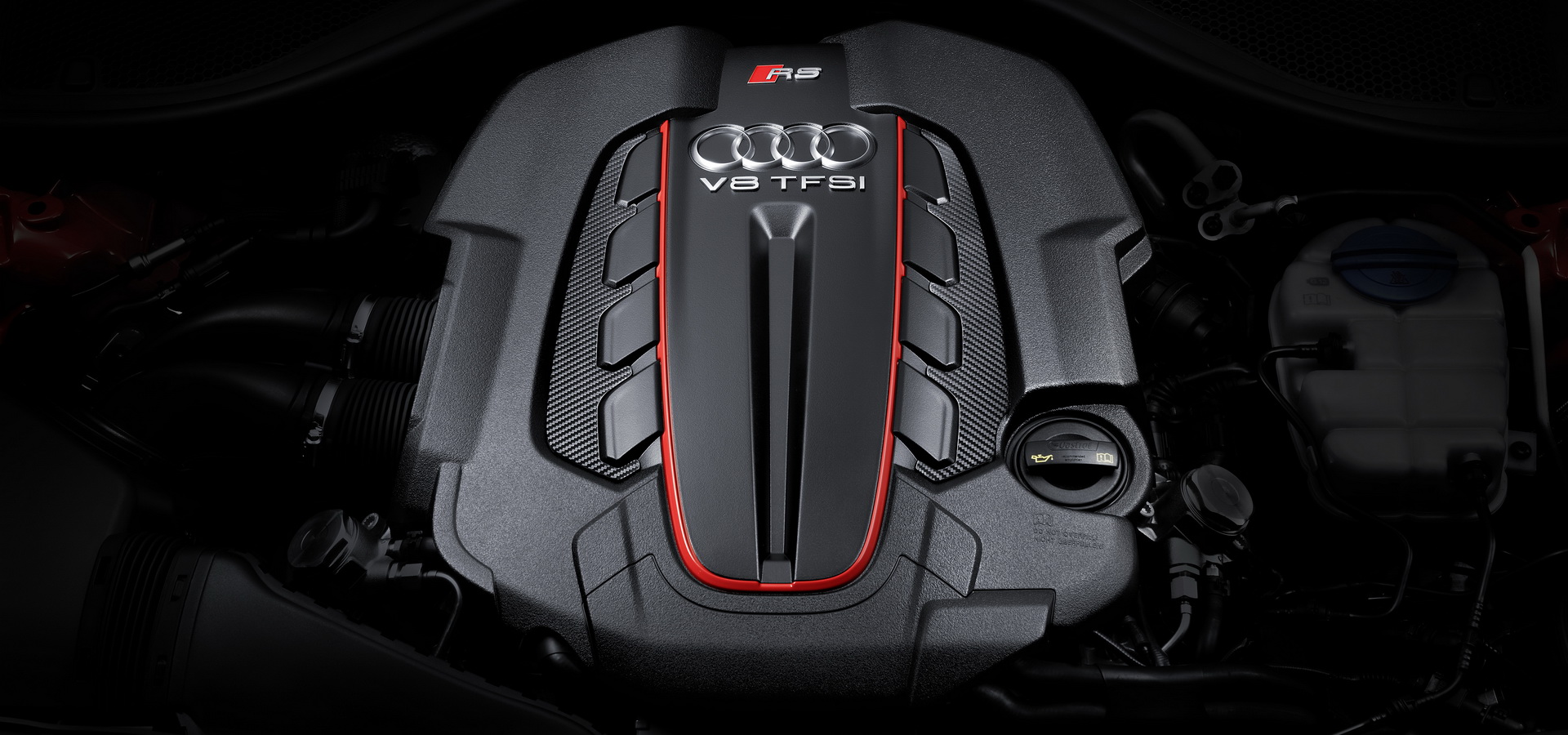Even though its wagon-styled performance models didn’t go unchallenged forever, Audi were the first to popularize these types of vehicles and among them, the RS 6 Avant reigned supreme. Yesterday, Audi unveiled a new generation of the RS 6, which – wait for it, if you haven’t heard, will be offered in North America (yay!).
Prior to this latest model, there have been three generations of RS6s (C5, C6, C7), each more powerful and quicker than the last, not to mention more technologically-advanced. Such is the case with this latest RS6 Avant, even though on paper, it’s not considerably faster than its predecessor.
From handsome to overly aggressive
As far as the previous C7 RS6 Avant was concerned, people generally found it to be good-looking in an effortless kind of way. The new model, while keeping true to Audi’s DNA, features a different design language, one that embraces aggressive-looking angles and creases. It almost looks like it’s constantly on the offensive – but that’s not necessarily a bad thing, as some customers might prefer that type of aesthetic.
You get a much more prominent grille at the front too paired to a busier hood, and a larger rear diffuser. Its body has been widened by around 1.6 inches (40 mm) on each side thanks to the flared wheel arches, making the new car wider overall than the previous-gen C7 model.
While we could debate on whether the 2020 RS6 Avant looks better than its more elegant and subtle predecessor for hours on end, Audi apparently believes that a more “in your face” design was the way to go this time around.
It’s quicker though, right?
On paper, undoubtedly so. The 2020 RS6 Avant is powered by a 4.0-liter twin turbocharged V8 engine, good for 595 HP (600 PS) and 590 lb-ft (800 Nm) of torque. It puts that power down with the aid of an eight-speed automatic gearbox and a quattro all-wheel drive system, enabling you to rocket to 62 mph (100 km/h) in just 3.6 seconds.
The older C7 RS6 Avant also packed a 4.0-liter twin turbo V8 (with an 8-speed auto and quattro AWD), but with 553 HP (560 PS) and 516 lb-ft (700 Nm) of torque, needing 3.9 seconds to get you from 0 to 62 mph. The RS6 Avant Performance version was a bit more capable thanks to 597 HP (605 PS) and 553 lb-ft (750 Nm) on tap, reducing your 0-62 time to 3.7 seconds.
Also read: Audi RS6+ Nogaro Edition Tuned By ABT Comes With An Impressive 735 PS
One has to wonder how those figures really translate in real world scenarios. It’s unlikely that you’d be able to appreciate differences of 0.1 seconds or even 0.3 seconds when accelerating off the line. The 2020 model’s 590 lb-ft of torque however should make themselves felt in the mid-range. We’ll definitely know more on this front once reviews start coming in.
Finally, let’s talk tech, because this is one category where new models always one-up their predecessors. Inside the latest RS6 Avant you’ll find Audi’s new MMI touch response system, plus the Audi Virtual Cockpit gauge cluster with special RS displays for tire pressure, torque, power output, oil temperature, boost pressure, lap times, acceleration and g forces.
The cabin of the old RS6 is a little more rudimentary, from its design to its functionality. So while the old model also comes with a flat-bottom steering wheel, carbon fiber trim, allow pedals and special badges, it certainly can’t do anything to compete with the new car’s ambient lighting setup or 12.3-inch digital instrument cluster, 10.1-inch infotainment display and 8.6-inch lower display.
Then there’s comfort. While Audi didn’t get into any specifics, we do know that the all-new RS6 Avant has a longer wheelbase than the C7 version (2,928 mm / 115.2 inches vs 2,915 mm / 114.7 inches), meaning rear seat passengers should enjoy a little bit more legroom. At the same time, headroom could be better in the older model since it’s taller – but again, we’ll have to wait for reviews or at least a more detailed press release from Audi in order to know for sure.
In the end, one could say that the 2020 RS6 Avant is here to let the whole world know that large family cars, especially wagons, can no longer be considered inherently boring – in how they look or how they perform in a straight line. It’s a wake-up call of sorts, and come next year, it’s arriving in the U.S.



